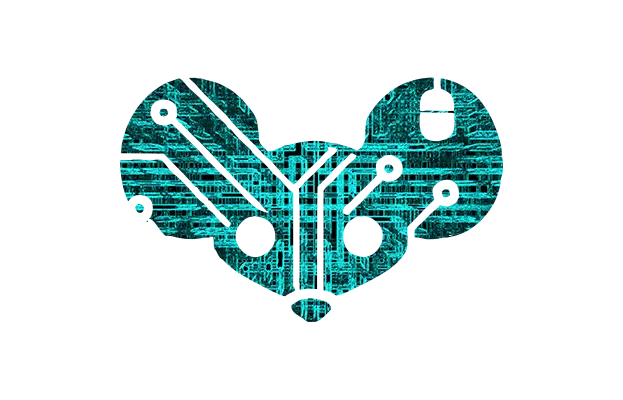

Well, the point in time where it was maybe possible to defend against Trump and his cronies normally or legally is already over. Now they have gathered too much power and also already pretty much operate above the law. The Supreme Court is on their side I guess, not on the side of the constitution or the laws anymore. So it’ll only get worse from now on, and quickly. Only regime-approved media will soon be left over, i.e. media distributing the regime’s propaganda even further. And they will soon throw all of their opponents into concentration camps, not just “illegal immigrants”. That’s just the low-hanging fruit they needed for initially starting building concentration camps and expanding other jail space and their ICE army massively. Technically they would only need jail space for themselves and all supporters of this fascist regime, but they will jail all others they can get their hands on instead.
You will have an actual fight on your hands if you want to revert all this. Either just from the inside, or both from the inside and the outside once they start waging war on former allies like Canada or Denmark (Greenland). You should probably create local communities of people who are ready to help each other vs. ICE raids. Create logistical and resource problems for them. Make it hard and costly for them to destroy people’s lives. If you let them kidnap too many people, you will not have enough people for resistance anymore.










“The US will always do the right thing… after having exhausted all other possibilities.”